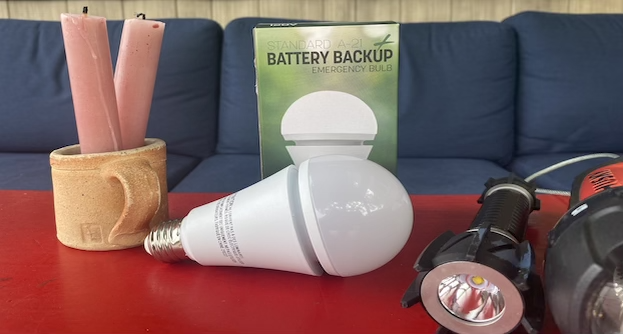Many non-profits, I know, occasionally rely on votes by their boards solicited by email. Is this a good idea? When ought it be used? Is it even legal? Curious about the practice I thought I would investigate.
Meetings
Governance Selection 2
There are two well-known family-run chocolate companies in Atlantic Canada. One is Ganongs in St. Stephen, New Brunswick, established in 1873. It served as the metaphor for my first “governance selection” piece published here in July 2020. The other, Peace by Chocolate, in Antigonish, Nova Scotia, was established by a Syrian refugee family in 2016. Here, it introduces a few more bite-sized tips.
The first confection I have chosen to focus on here is board minutes. Hardly a sweet of interest to most. I have fielded a lot of questions on this topic and much to my surprise new ones, new to me anyway, still appear. I have divided my responses here into four pieces. One is about minutes being signed, another with the phenomena of “draft” minutes, a third on the question of when minutes should be approved, and lastly, how long should board minutes be kept? Most readers will know the answer to this one.
The second item in the box looks at matter a board’s own document files. Is it easy for you to find past meeting minutes, lists of recruitment prospects, or signed confidentiality forms? My guess is that few non-profits have a well-considered organizational scheme. There is probably not a best one, but perhaps my suggestions can spark a conversation.
The Lure of Operational Involvement
Five Governance Hacks
At most hardware stores you can now buy a light bulb that works when there is a power outage. They typically provide a few hours of emergency light around your home. Someone came up with the idea of putting a small battery in the base of the bulb that stays charged when in normal use … Read more
Managing Board Resignations
The resignation of a volunteer board member or director is not an uncommon occurrence. Typically it is because the person finds themselves unable to fulfill their duties. Personal or family matters or new work commitments can unexpectedly get in the way of their continued board involvement. And, it can occur too as a result of a conflict on the board. A person is unhappy with recent happenings or decisions and is unwilling to continue serving.
It is the latter kind of situation that recently sparked some advice from me to a group. But the cause of a resignation, or preventing them, is not the focus of this post. Regardless of the reason for a board departure they need to be handled properly. This is not complicated governance territory but, much to my own surprise, I discovered that there are important considerations one should be aware of.((Helpful in writing this post was Mary Childs’ 2020 piece Canada: Directors of Not-for-Profits and Charities_ Resignation, Removal and Replacement published by Mondaq))
The Board Financial Report
It is the board of directors that has highest level of responsibility and accountability when it comes to managing the money their organization receives and uses. What does the exercise of their financial duty usually look like? More importantly, what could it look like?
It is common for the board financial report to be a spreadsheet detailing monthly revenues and expenditures compared to the budget. This sometimes causes board members’ eyes to glaze over, or for a particular director to latch onto a particular line item and take the group down a rabbit hole.
Surely the board financial report, or reports, can be more effective and meaningful to all involved. In this post I offer some suggestions. I think less frequent and time-consuming reporting could be perfectly fine for some organizations. Find out if you are one.
What If We Do Not Have Quorum?
A while ago another consultant on the East Coast of Canada emailed me with a question “What should I advise my client about handling the minutes of a meeting that failed to have a quorum of directors present?”
I assumed that there was not much one could say other than “no quorum, no meeting”. After some research and reflection however, I now believe there is much more that can be said.
Old Business – New Business
Non-profit boards usually meet monthly or quarterly and most of those meetings involve multi-item agendas. Tradition tends to rule what the design of the agenda looks like. I think this is unfortunate. This post looks at some easy to adopt ideas that, for most, will represent a departure from their current agenda practices.
If board chairs and executive directors, the two people most responsible for the agenda, are prepared to experiment with some new board meeting elements they can give more spring to their organization’s governance step.
Board Chairs & Executive Directors
A board chair and the executive director (CEO) can be a great combination. It is a pairing that we tend not to think much about when wondering how to improve a non-profit’s governance practices.
In shaping how the board chair and executive director (ED) can work effectively together the focus first should be on the frequency and kind of communication they have outside of board meetings. But there is more to consider. This post sketches out what the working relationship between the chair and the ED could look like. This pairing isn’t about creating a new “reporting relationship” or a committee.
Executive Director Reports
One of the most enduring features of non-profit board meetings is the executive director’s or CEO’s report. There are few resources that offer good practice recommendations. Aside from the consideration of level of detail, few boards and EDs together give much consideration to what subject matter should be included.
So, I have some of my own suggestions, informed by my board experience and from two other sources, about the content of such reports. Despite the model that I suggest here, nothing beats a board-ED discussion of key content areas and even a little experimentation with actual board reports.










